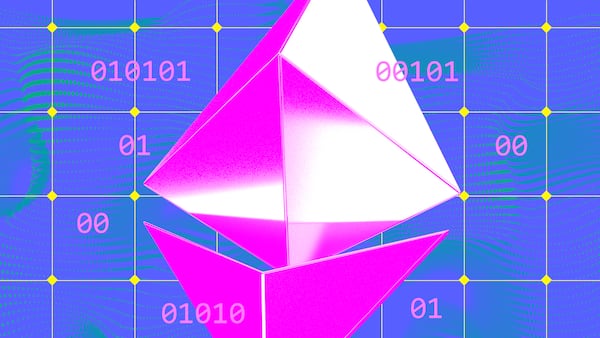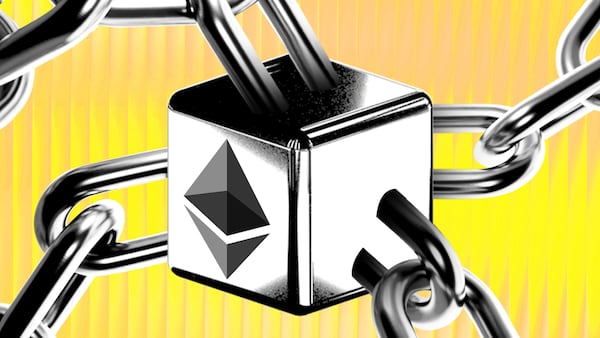- Fusaka is the next checkpoint in Ethereum’s development.
- The upgrade goes live on the mainnet in December.
- It contains 12 changes, known as Ethereum Improvement Proposals
Ethereum’s Fusaka upgrade will activate on the blockchain’s mainnet on December 3, according to the Ethereum Foundation.
The goal? To enable Ethereum to handle the large transaction traffic from its layer 2 chains, blockchains with a $47 billion on-chain economy built on top of Ethereum. Those chains inherit the base layer’s security architecture while offering faster and cheaper transactions.
“Fusaka’s biggest impact comes from improvements to data availability through PeerDAS, which should make rollups cheaper and more scalable,” Nick Johnson, founder and lead developer of Ethereum Naming Service, ENS, told DL News.
Fusaka is the latest checkpoint in Ethereum’s development plan. Developers are attempting to scale the $410 billion blockchain so that it can handle 100,000 transactions per second, a massive increase from its current maximum of 30 transactions per second. It follows the Pectra upgrade that the developers released in May.
Data load
PeerDAS is one of 12 changes to the blockchain included in the Fusaka upgrade package. It targets the data load needed for verifying transactions from layer 2 blockchains.
Layer 2 chains bundle thousands of transactions and submit summaries, called blobs, to the Ethereum base layer. Nodes running on the base layer currently have to download the entire blob data to check for validity.
That process becomes more expensive for nodes as layer 2 transactions soar. It also creates a data traffic jam on the base layer.
PeerDAS solves the problem by reducing the data load for nodes when verifying layer 2 transactions. Instead of downloading the whole blob, nodes only need to check random samples within the blob data to verify transactions.
Leo Fan, co-founder of Cysic, a zero-knowledge-based blockchain, describes Fusaka as a “deep infrastructural shift” for Ethereum, which could increase the chain’s throughput eightfold.
The reduced data load could result in a significant reduction in bandwidth costs for nodes. Experts like Shiv Shankar, CEO of Boundless, a zero-knowledge scalability protocol, said that this could help improve Ethereum’s efficiency.
“It lets Ethereum handle more activity, which is good for developers building apps,” Shankar told DL News.
However, Fusaka doesn’t aim to supercharge Ethereum’s layer 2 chains alone. It also includes improvements that directly impact the base layer.
The 12 EIPs include two upgrades that directly aim to stretch the base layer’s block and data limits. EIPs, or Ethereum Improvement Proposals, are blueprints vetted by Ethereum developers that codify changes to the blockchain.
These upgrades allow for more transaction processing capacity and increase the number of blobs that layer 2 chains can submit to the main chain.
Osato Avan-Nomayo is our Nigeria-based DeFi correspondent. He covers DeFi and tech. Got a tip? Please contact him at osato@dlnews.com.









